Landslide chords
by Fleetwood MacSong Key: Eb Major
Time Signature: 4/4
Tempo: 80 bpm
Guitar Tuning: E A D G B e
Skill Level: Beginner 🟢
Guitar Chords in C Major: C, Csus2, D7/F#, D5/A, Em, Em7, G/B, Am7, Am,
Capo: 3rd fret (to play along with the video in Eb Major)
Play-Along Video & Chord Charts
Play-Along Video
R-H Chord Charts

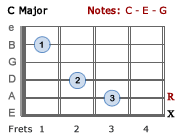
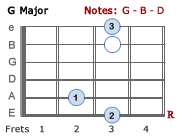
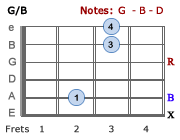
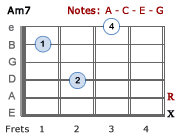
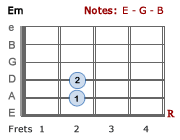
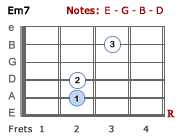
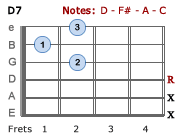
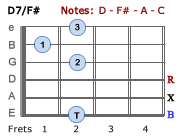
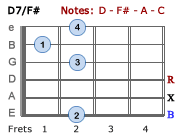
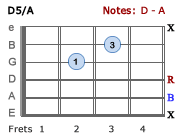
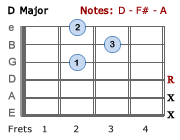
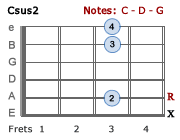
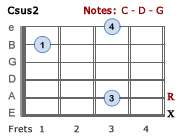
L-H Chord Charts

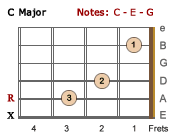
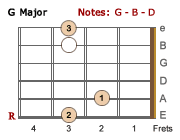
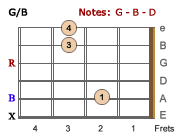
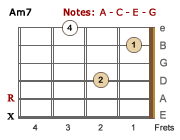
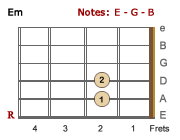
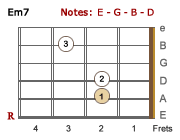
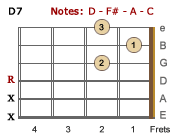
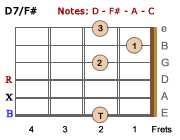

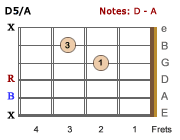
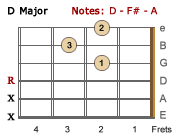
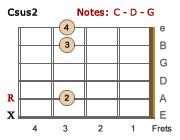
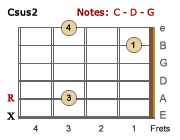
Speed: x0.1
Landslide
Capo on 3 if playing with the video.
C G/B Am7 G/B C G/B Am7 G/B
Intro: 4/4 ‖ - | - | - | - ‖
C G/B Am7 G/B
1. I took my love I took it down | - |
C G/B Am7 G/B
I climbed a moun-tain and I turned a - | round - |
C G/B Am7 G/B
And I saw my re-flec-tion in the snow cov-ered hills
C G/B Am7 G/B
Till the land-slide brought me | down / / (oh) |
C G/B Am G/B
2. Oh mir-ror in the sky What is | love? - |
C G/B Am7 G/B
Can the child with-in my heart Rise a - | bove? - |
C G/B Am7 G/B
Can I sail thru' the chan-ging o-cean tides?
C G/B Am7 G/B C G/B Am7 G/B
Can I han-dle the sea-sons of my life | - | - |
C G/B Am7 D7
Mmm Mmm Mmm Mmm
G D7/F# Em
Chorus: Well I've been a-fraid of chang-ing
C G/B Am7 D7/F#
'Cause I built my life a-round | you - |
G D7/F# Em7
But time makes you bold-er e-ven chil-dren get old-er
C G/B Am7 G/B
And I'm get-ting old-er | too / / |
Csus2 G/B D5/A G/B Csus2 G/B Am7 G/B
Instrumental: | - | - | - | - |
C G/B D5/A G/B C G/B Am7 D7
| - | - | - | - |
G D7/F# Em
Chorus: Well I've been a-fraid of chang-ing
C G/B Am7 D7/F#
'Cause I've built my life a-round you | |
G D7/F# Em7
But time makes you bold-er e-ven child-ren get ol-der
C G/B Am7 G/B C G/B Am7 G/B
And I'm get-ting old-er | too - Oh | I'm get-ting ol-der | too - |
C G/B Am7 - G/B
3. Ah ah Take my love take it down
C G/B Am7 - G/B
Ah-hah Climb a moun-tain and you turn a-round
C G/B Am7 G/B
And if you see my re-flec-tion in the snow co-vered hills
C G/B Am7 G/B
Well the land-slide will bring you | down - |
C G/B Am7 G/B
And if you see my re-flec-tion in the snow co-vered hills
C G/B Am7
Well the land-slide will bring you down
G/B C G/B Am
Oh-oh The land-slide will bring you down... Arrangement Details:
- Key Signature: Eb Major – 3 flats (B♭, E♭, A♭)
- Piano chords set: Eb, Ebsus2, F7/A, F5/C, Gm, Gm7, Bb/D, Cm7, Cm,
- Time Signature: 4/4 — Four quarter-note beats per measure
- Tempo: Moderately flowing
- Metronome: ♩ = 80
- Voice Range: C4 – G5
- Slash Chords: D7/F#, D5/A, G/B
Most slash chords are simply regular chords where one note is moved to the bass.
Example:- A slash chord is written like this:
Chord/BassNote (e.g., D7/F#). - The part before the slash (D7) is the main chord being played.
- The part after the slash (F#) tells you which note should be in the bass (lowest sounding note).
So D7/F# means: play a D7 chord, but make sure F# is the lowest note you hear.
These chords are fairly easy once you get used them, and work well if you're finger-picking. - A slash chord is written like this:
- G/B means you play a G chord leading with a B note instead of the usual G bass note, commonly written as x20003 or x20033. You can experiment with your finger positioning, but the easiest way to play this chord is just play a normal G chord but don't play the bottom string. 🥳
- The easiest way to play D7/F# is displayed on the chart, written as 200212... play a normal D7 with fingers 1, 3, & 4 (instead of 1, 2, & 3) and play the F# bass note with your second finger - string 6 fret 2.
Another way of playing D7/F# is to play a normal D7 chord using fingers 1, 2 and 3 and if you have a good hand-span or narrow guitar neck, you can use your thumb to play the F# bass note on the 6th string. - D5/A is a 5 chord (power chord) leading with an A bass-note.
D5 is derived from the D Major Scale: D-E-F#-G-A-B-C#
The formula for a 5 chord is 1 – 5, therefore D5 consists of the notes D and A. Instead of leading with the usual D note, we lead with the A or 5th note as the chord suggests (D5/A). This is written as x0023x which equates to the notes x-A-D-A-D-x. - For beginners that are not used to finger-picking, you can just strum the straight chords, e.g.,
Instead of D7/F# - strum a D7 chord.
Instead of G/B, strum a G chord.
Instead of D5/A - strum a D chord. - The hyphen between 2 chords means they share equal timing, e.g., | Am - G/B | indicates 2 beats on Am and 2 beats on G/B.
- | Am7 / / G/B | indicates 3 beats on Am7 and 1 beat on G/B. The repeat sign (/) is used to repeat the previous chord within a bar
Song Details:

- Songwriter: Stevie Nicks
- Lyrics Begin: I took my love and I took it down. I climbed a mountain and I turned around.
- Genre: Rockabilly
- Featured Artists: Fleetwood Mac
- Album: Fleetwood Mac
Recorded: January–February 1975
Released: 11 July 1975
Format: 12" Vinyl
Label: Reprise Records
